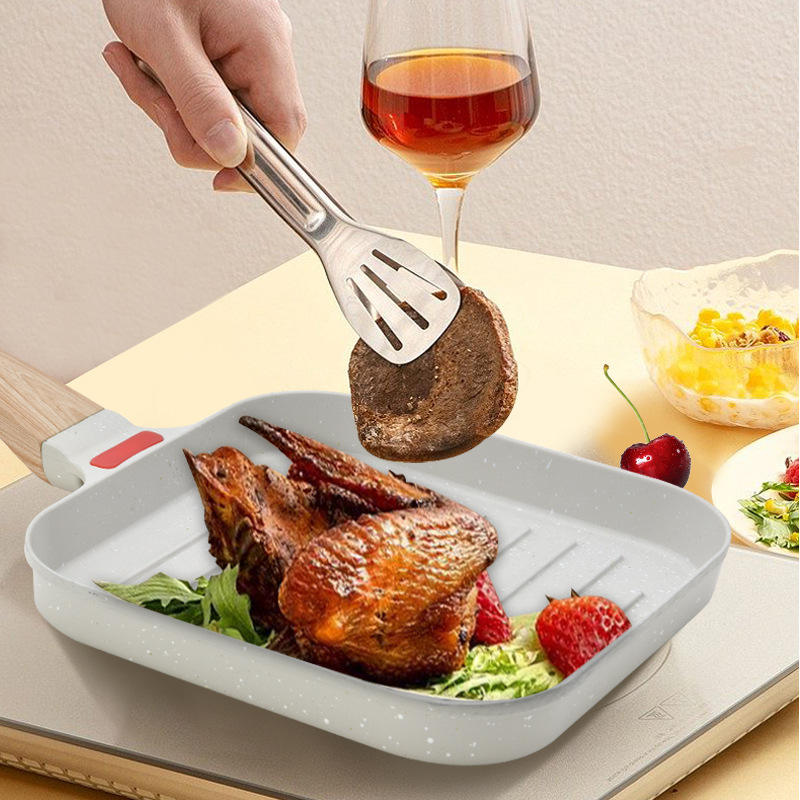What is a pressure cooker?A pressure cooker is a kitchen appliance used for cooking food quickly using steam. It works by trapping steam inside a sealed pot, which raises the boiling point of water and allows food to cook faster.Benefits of Using a Pressure CookerPressure cookers are known for their ability to cook food up to 70% faster than traditional cooking methods. They also retain more nutrients in the food and require less water, which can help preserve the natural flavors of the ingredients.How to Use a Pressure Cooker SafelyWhen using a pressure cooker, it is important to follow the manufacturer's instructions carefully. Make sure the pressure release valve is working properly before cooking, and always release pressure before opening the lid to avoid burns.Popular Pressure Cooker RecipesPressure cookers are versatile appliances that can be used to make a wide variety of dishes, from soups and stews to risottos and desserts. Some popular pressure cooker recipes include chili, beef stew, and cheesecake.Types of Pressure CookersThere are two main types of pressure cookers: stovetop and electric. Stovetop pressure cookers are placed on a burner, while electric pressure cookers plug into an outlet. Both types are effective for cooking food quickly and efficiently.Cleaning and Maintenance TipsTo keep your pressure cooker in top condition, it is important to clean it regularly and inspect it for any signs of wear and tear. Make sure to remove and wash the sealing ring after each use, and check the pressure release valve for any blockages.Benefits of Buying a Pressure CookerInvesting in a pressure cooker can save you time and energy in the kitchen, as well as help you create delicious meals with minimal effort. Pressure cookers are also energy efficient, using less electricity than traditional cooking methods.Pressure Cooking for Healthier MealsPressure cooking is a great way to cook healthy meals, as it preserves more nutrients in the food compared to boiling or steaming. It also requires less fat and oil, making it a healthier cooking option for those looking to reduce their calorie intake.Pressure Cooker AccessoriesThere are many accessories available for pressure cookers, such as steamer baskets, trivets, and silicone sealing rings. These accessories can help you expand your cooking repertoire and make the most of your pressure cooker.ConclusionIn conclusion, a pressure cooker is a versatile kitchen appliance that can help you cook food quickly, efficiently, and healthily. By following the tips in this article, you can make the most of your pressure cooker and enjoy delicious meals with ease.Quote Inquirycontact us










